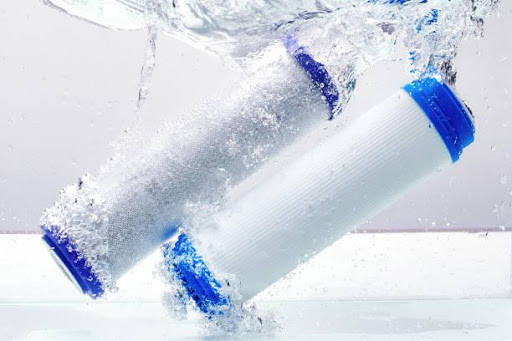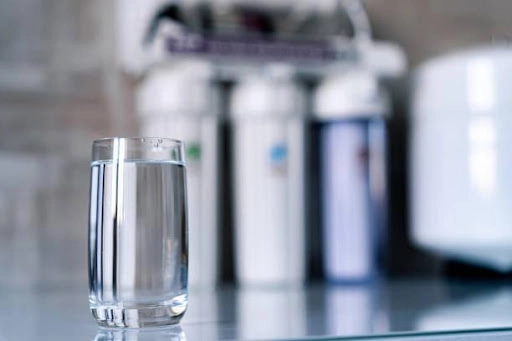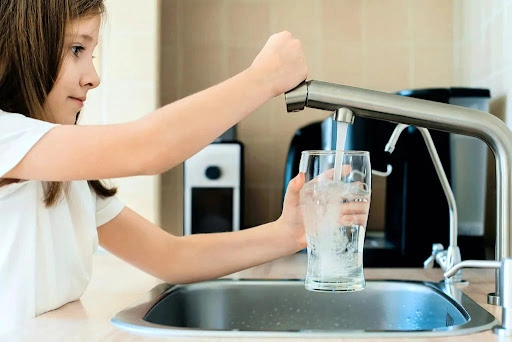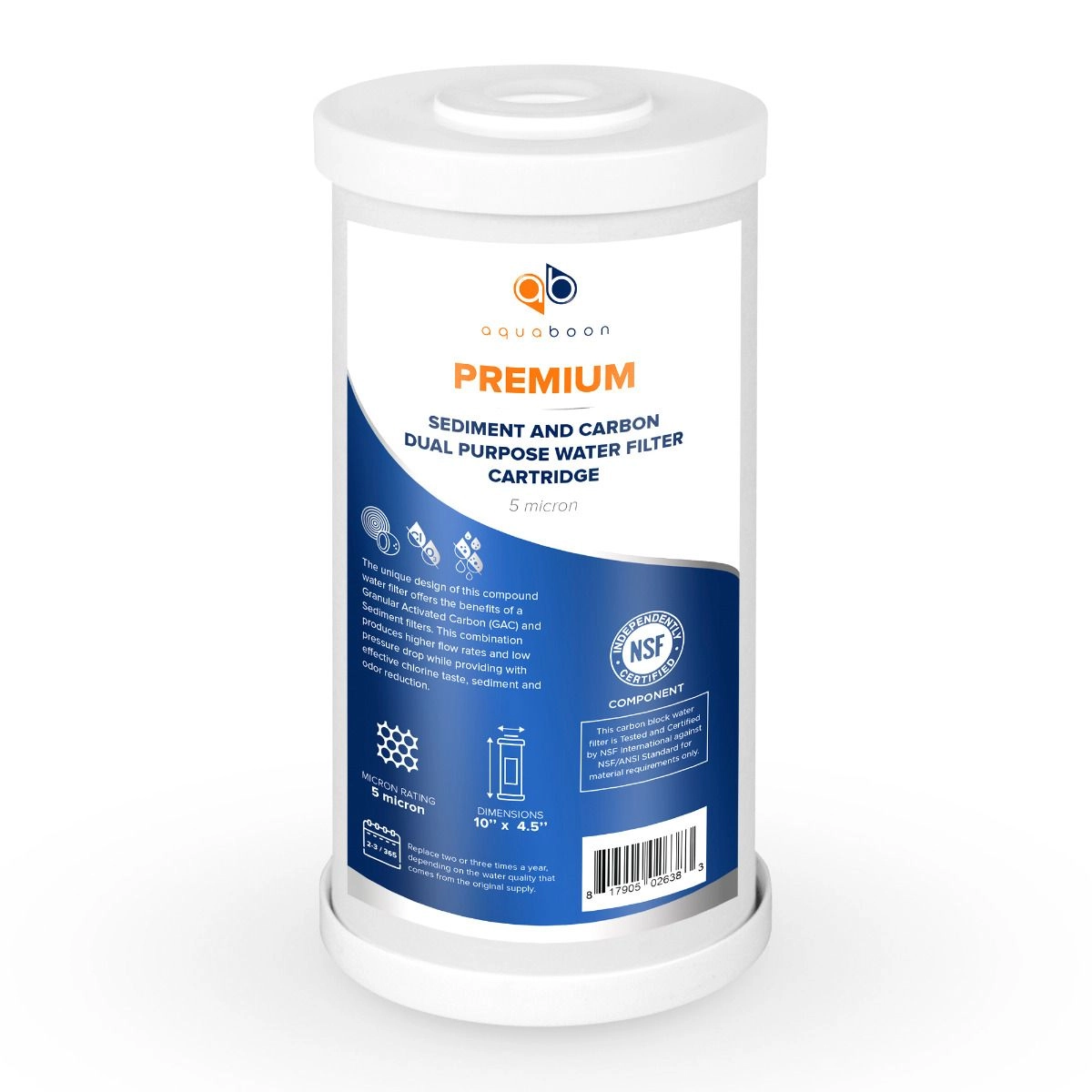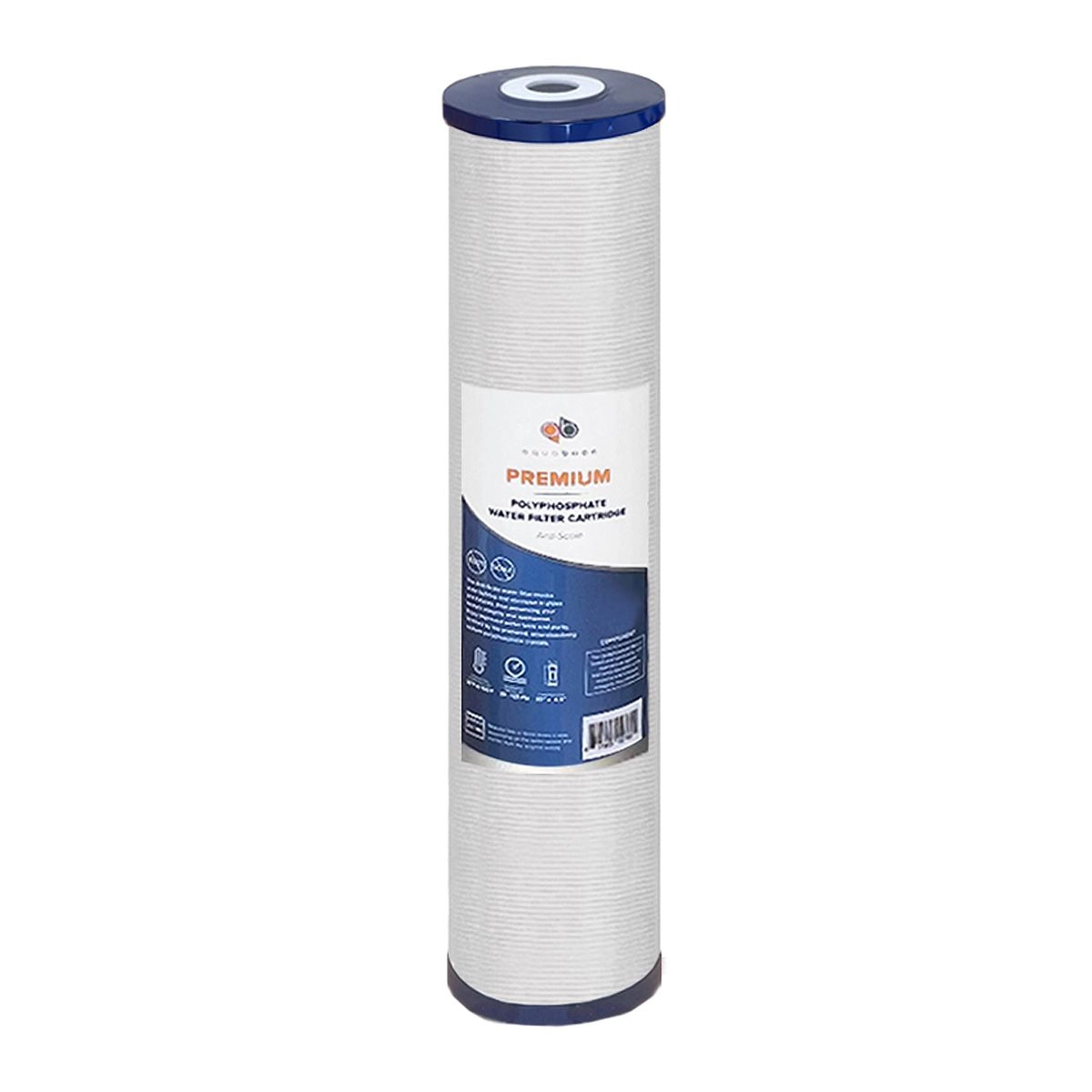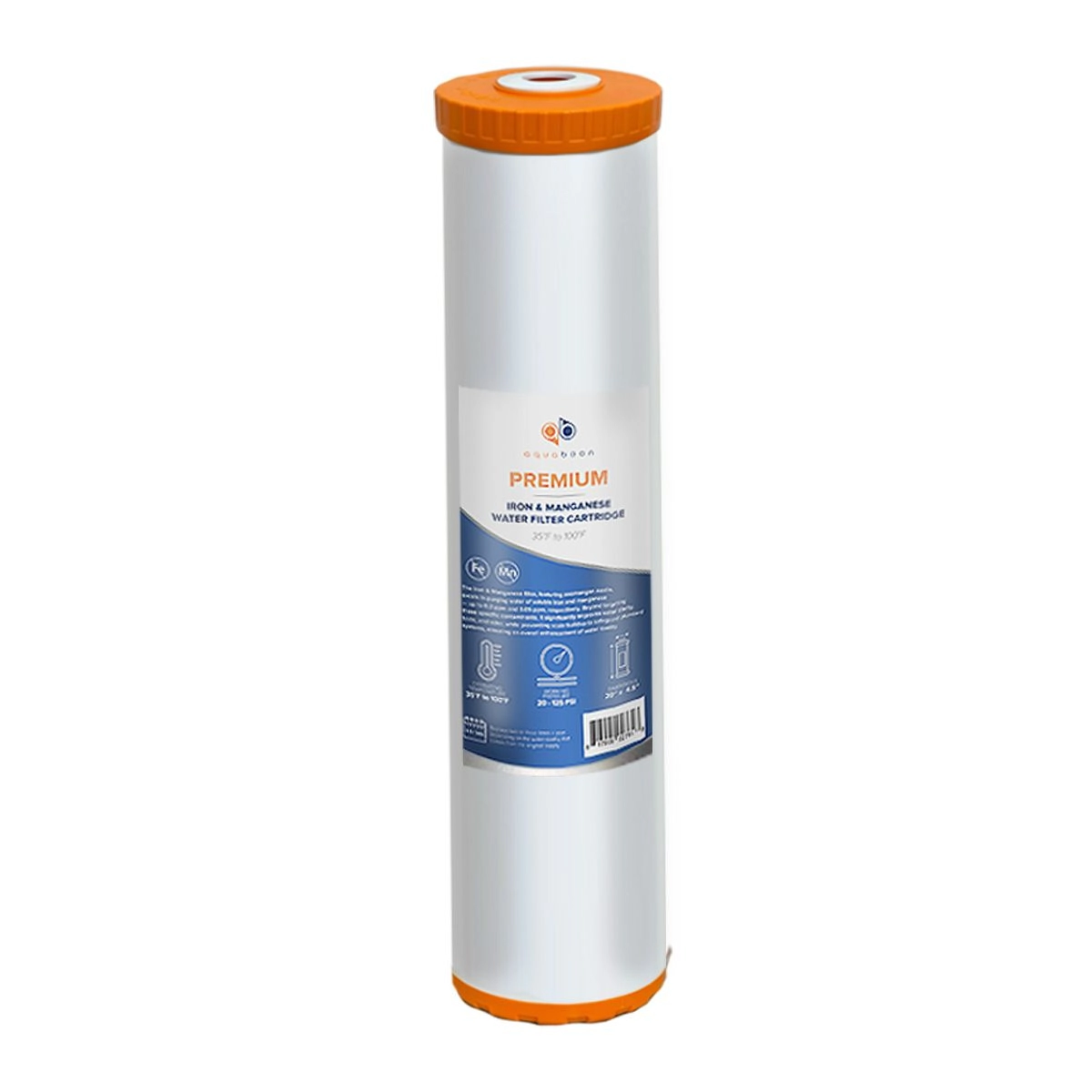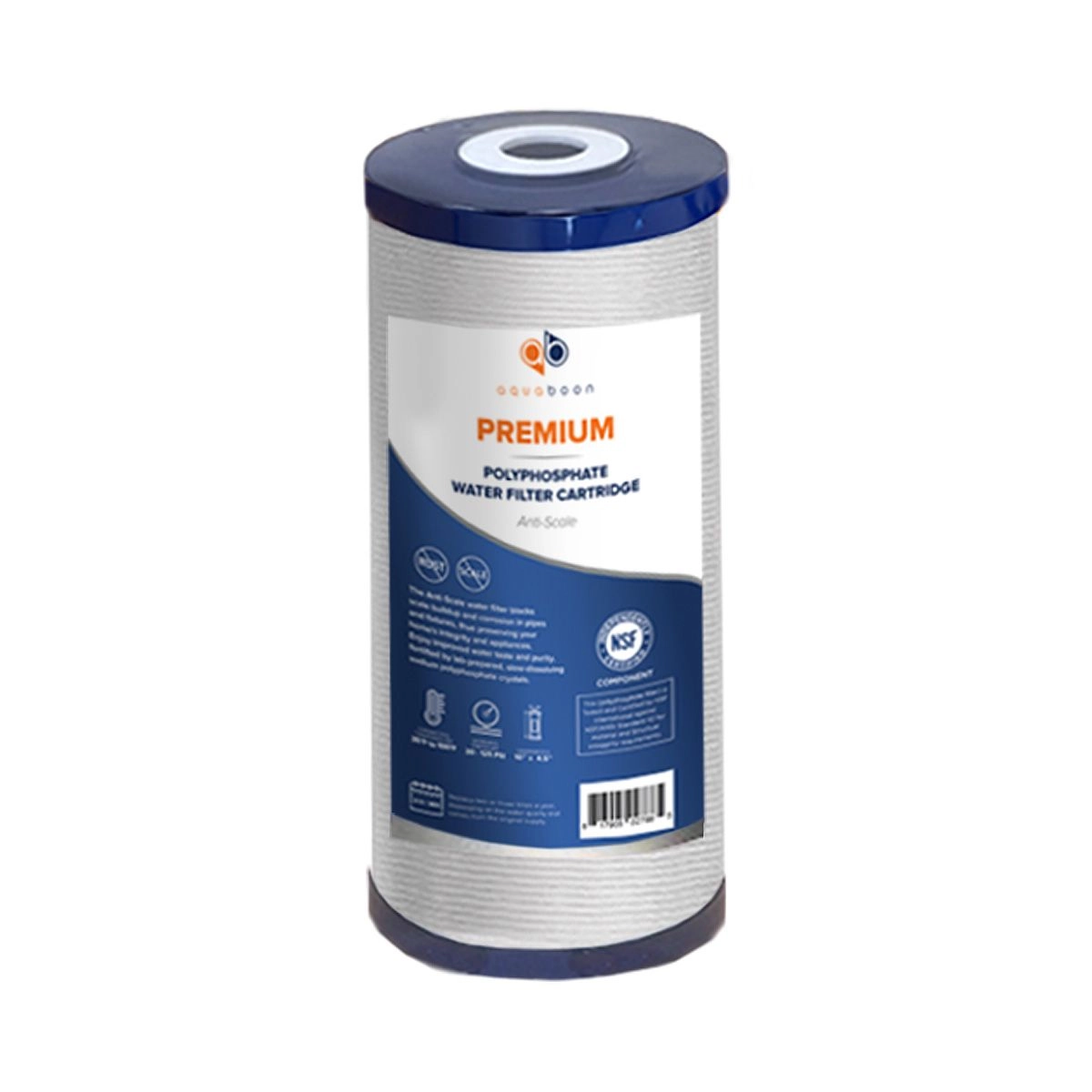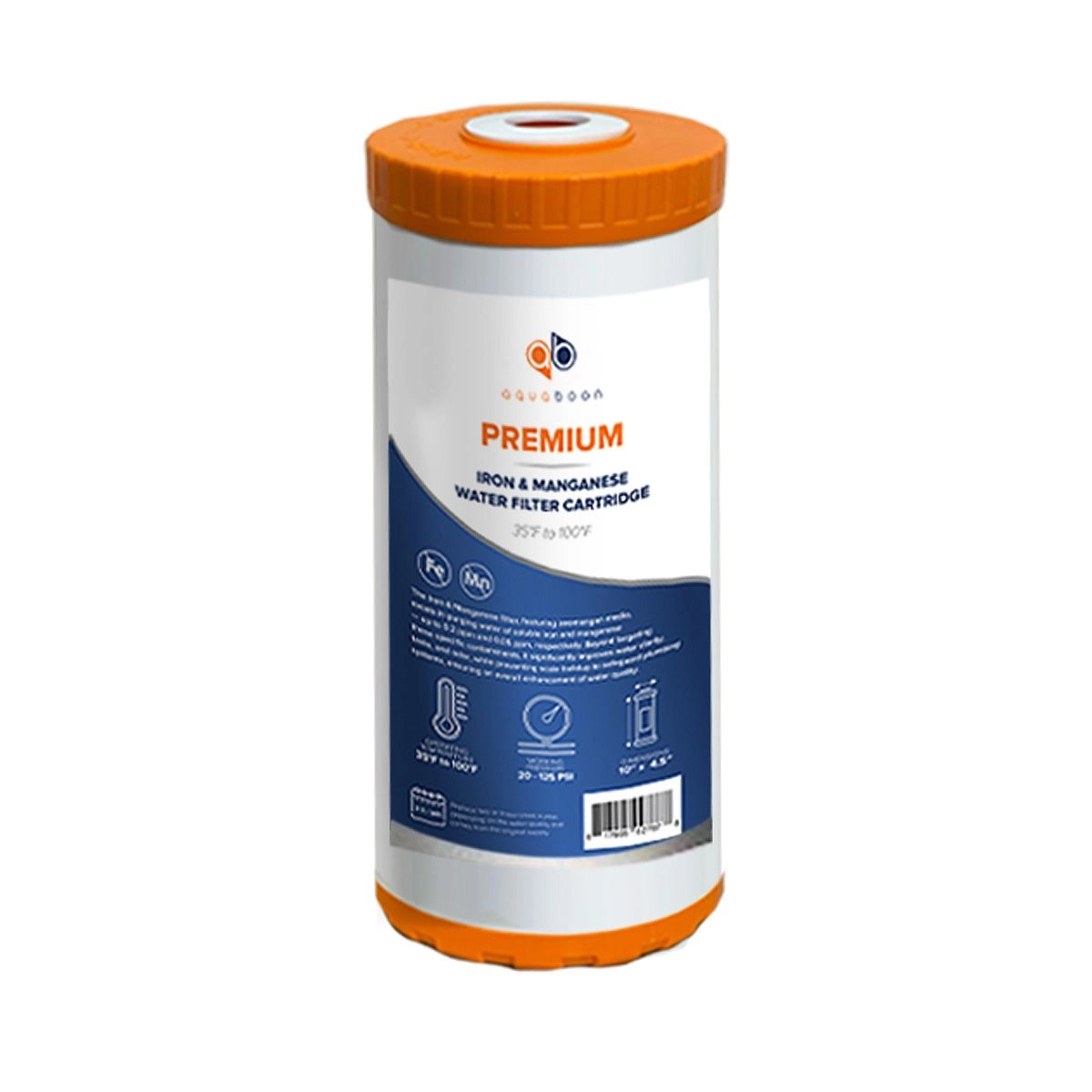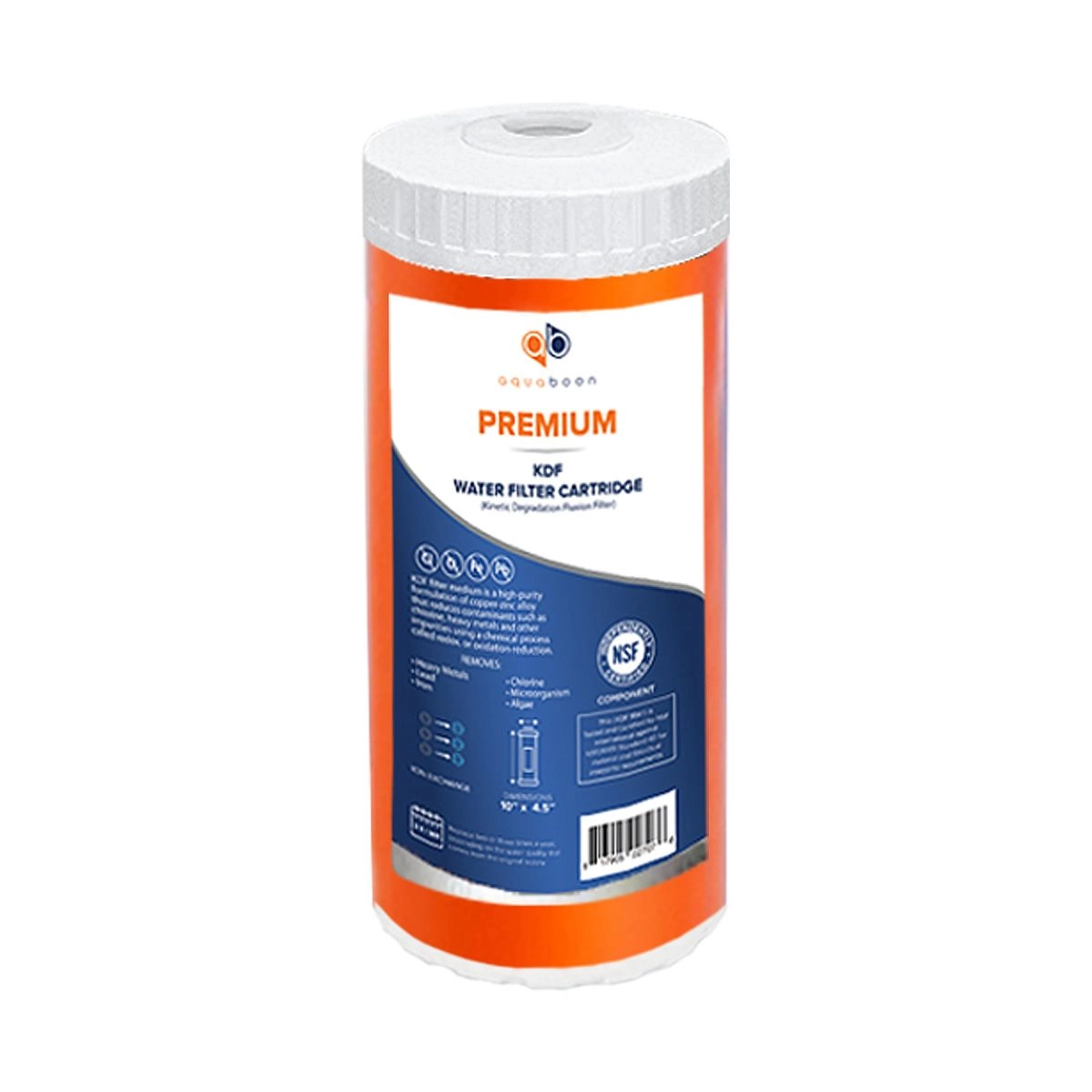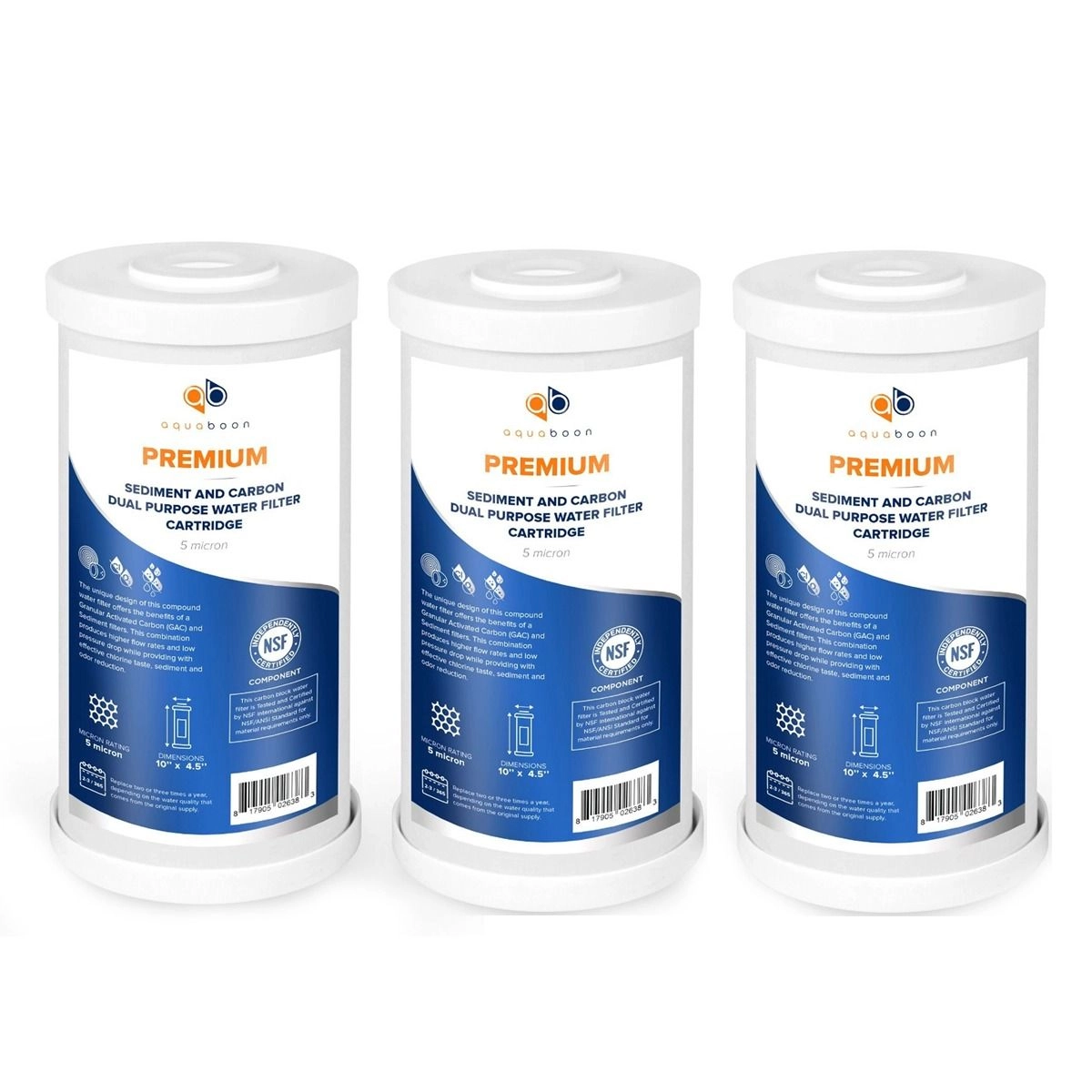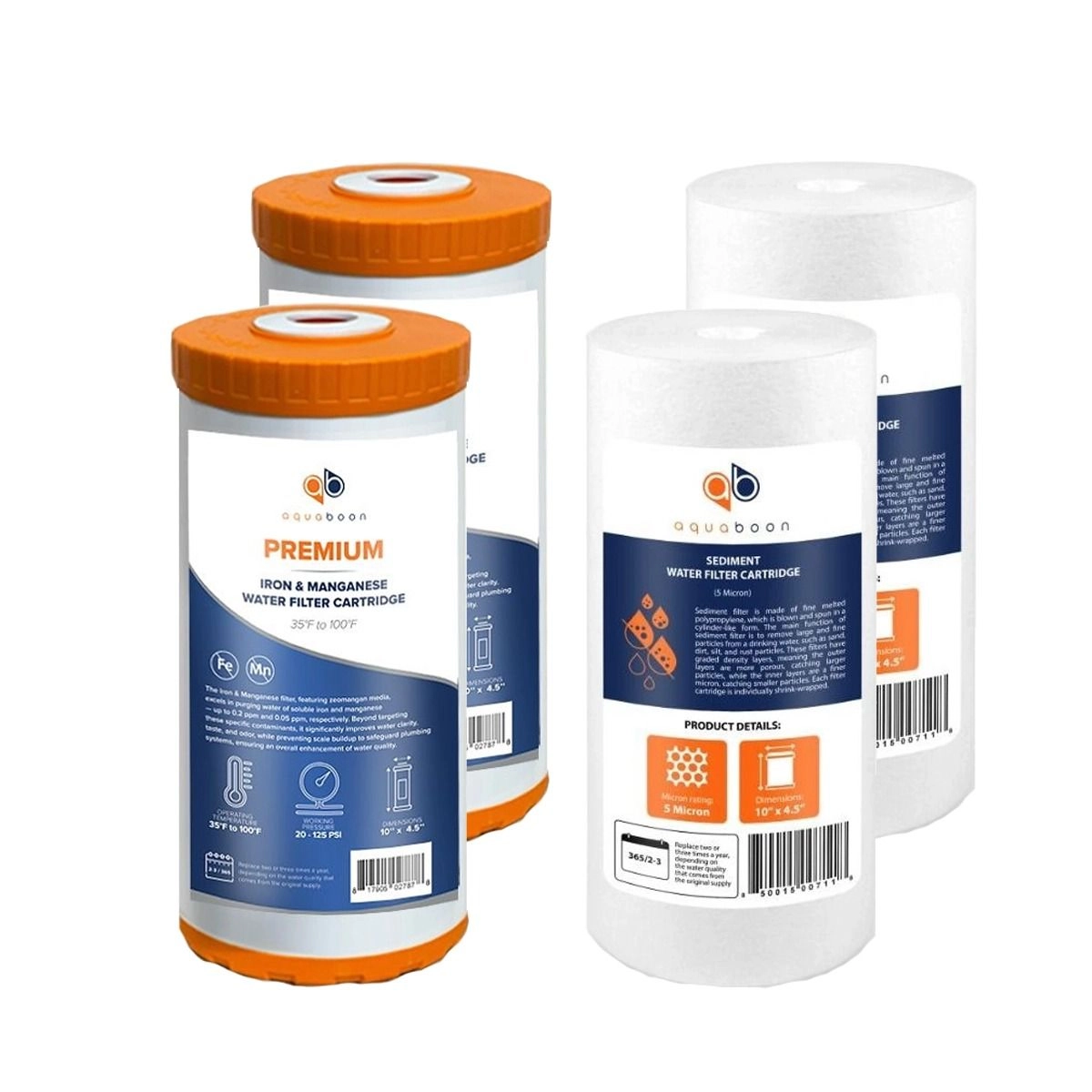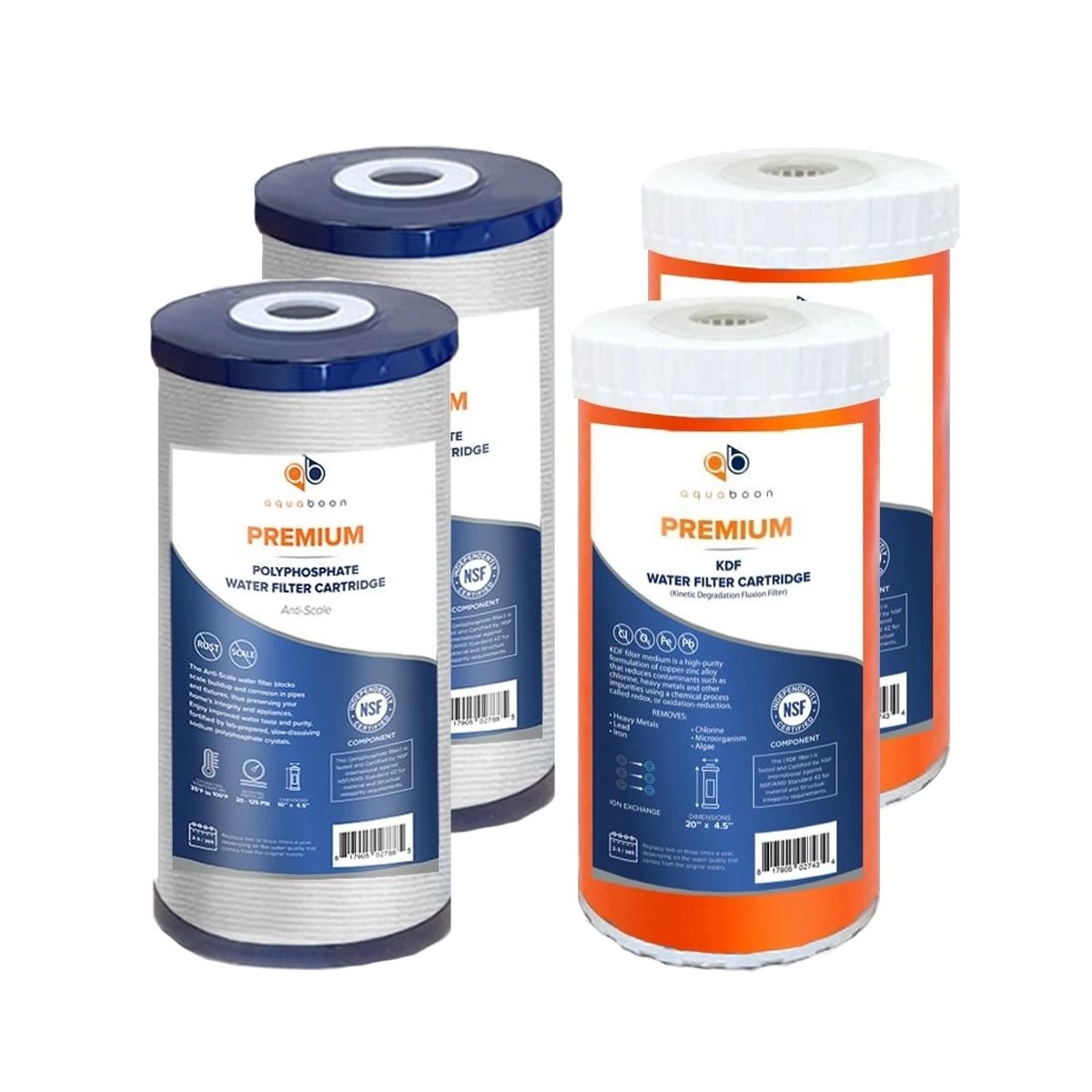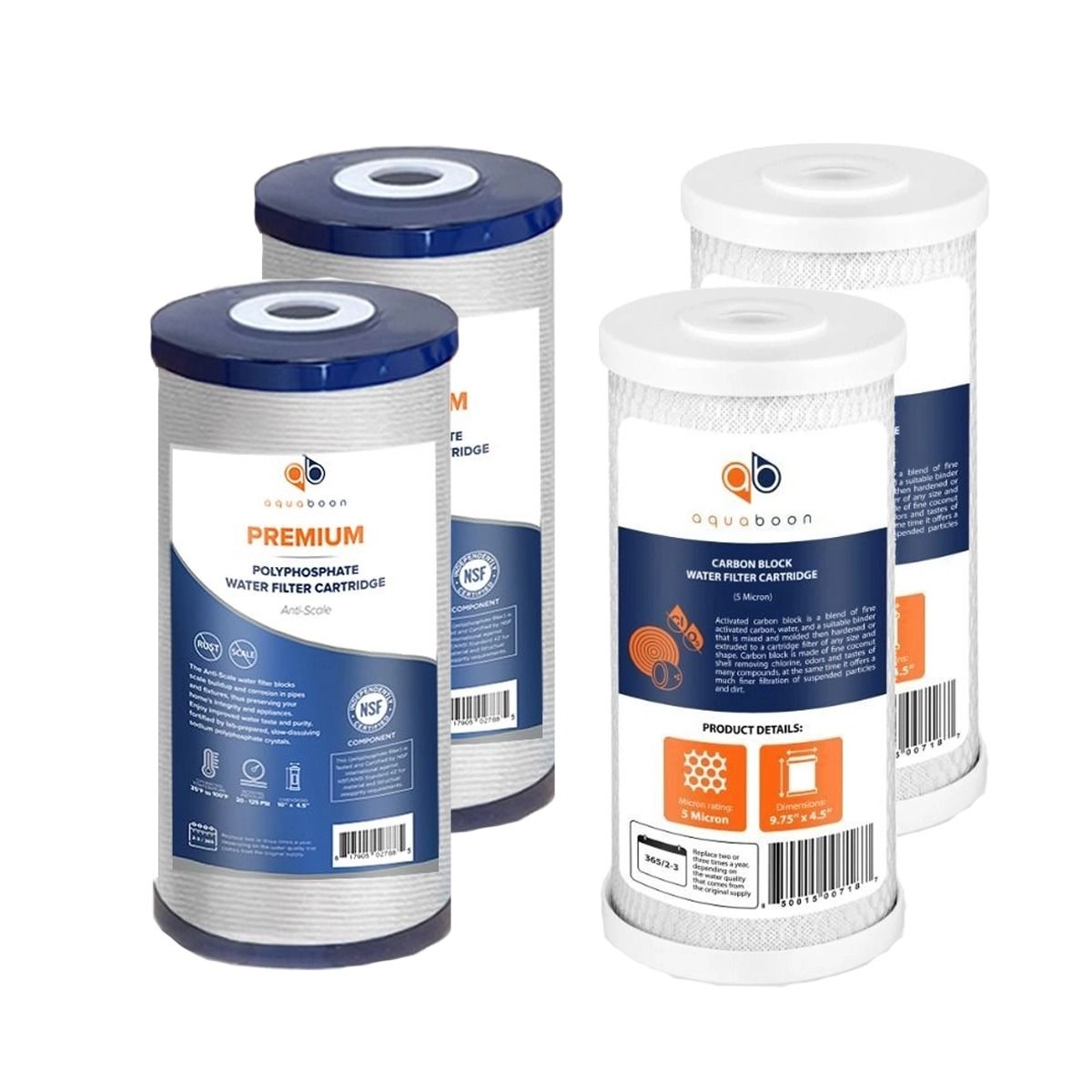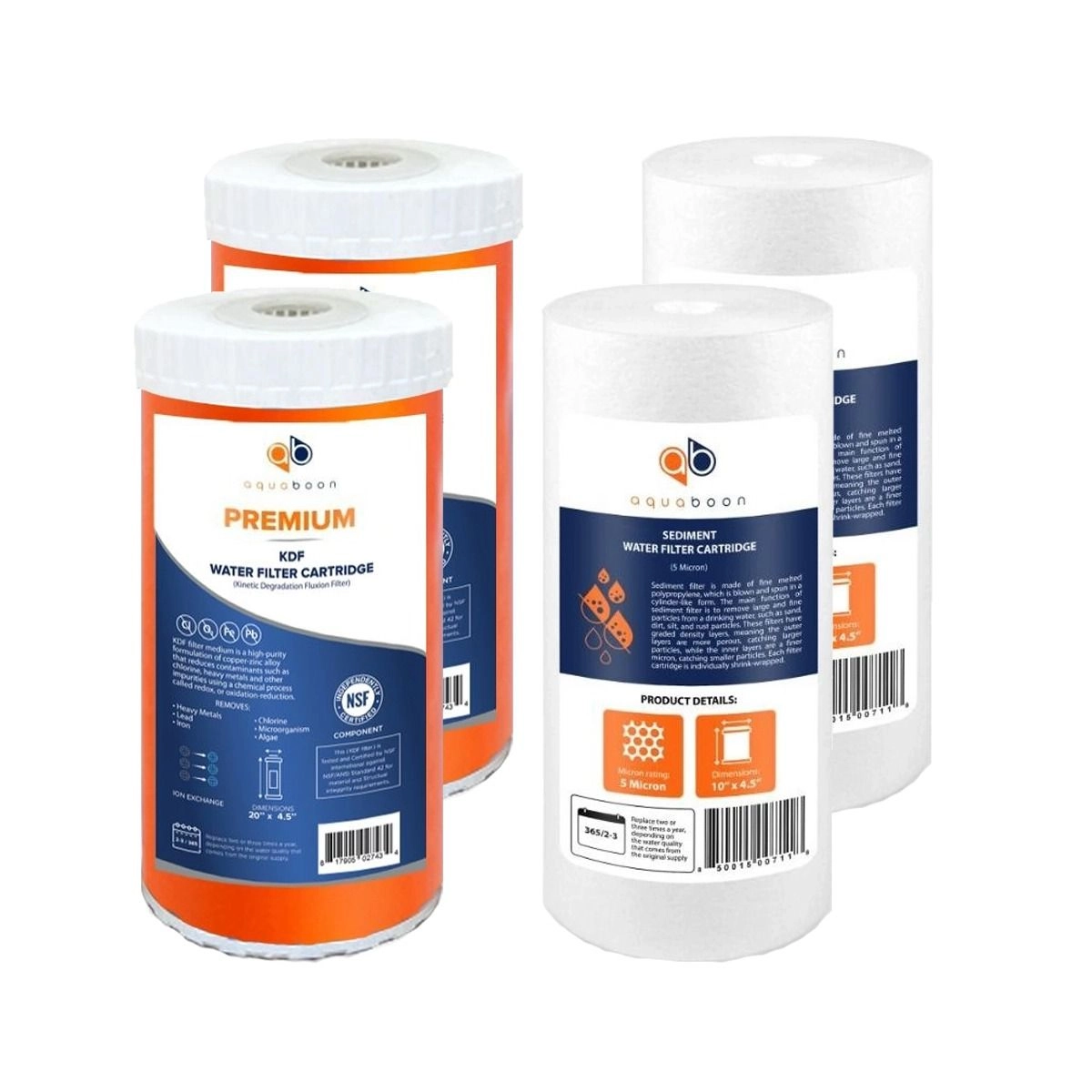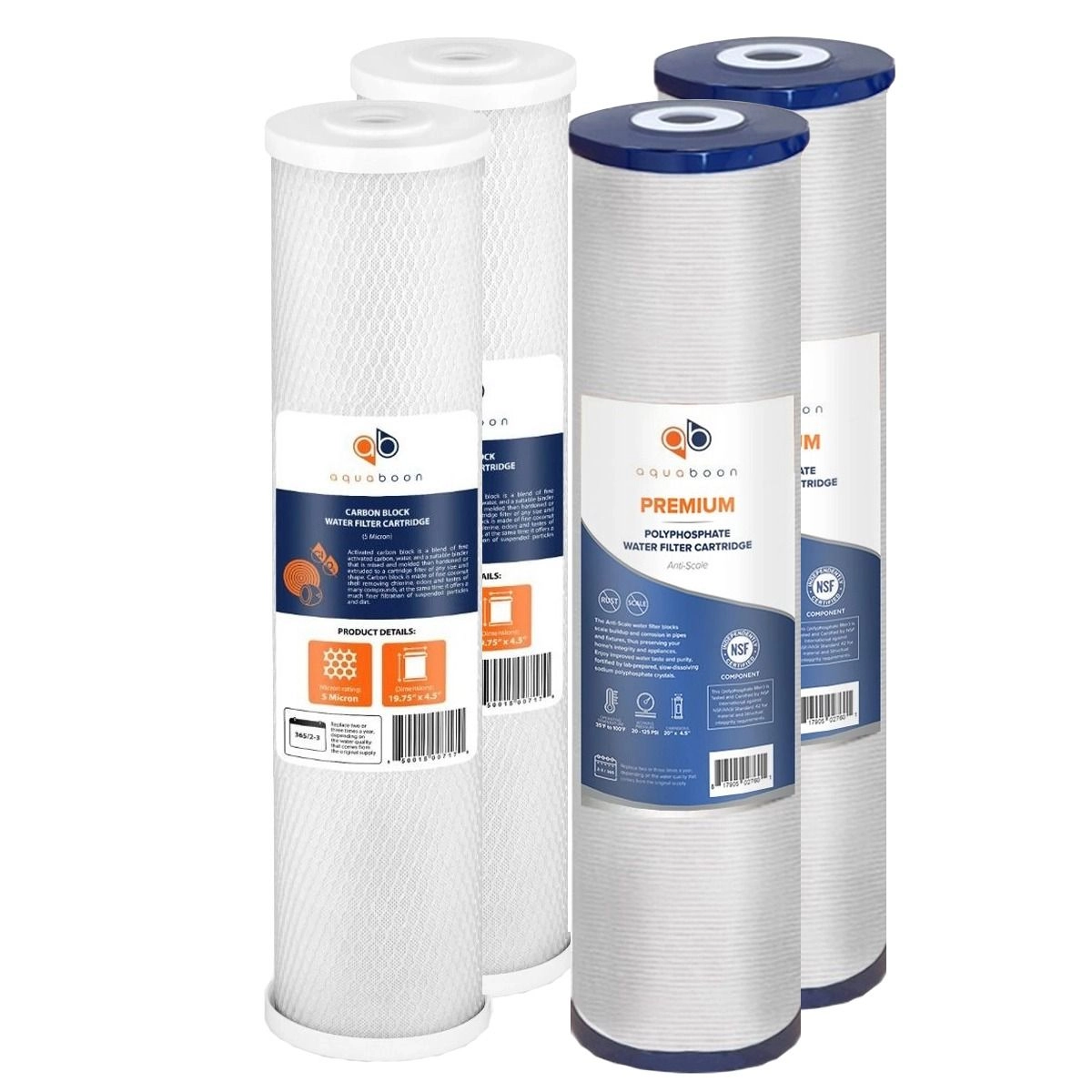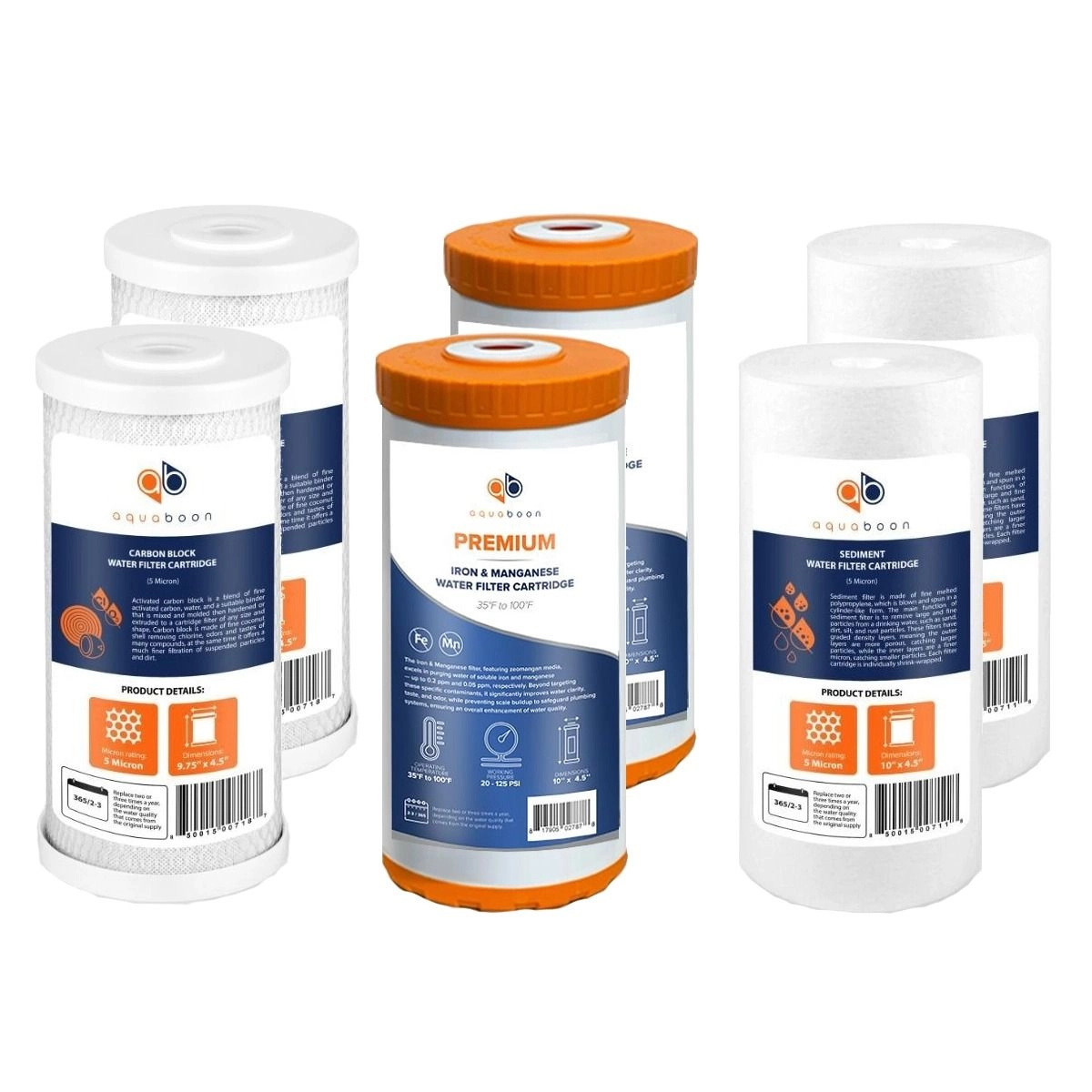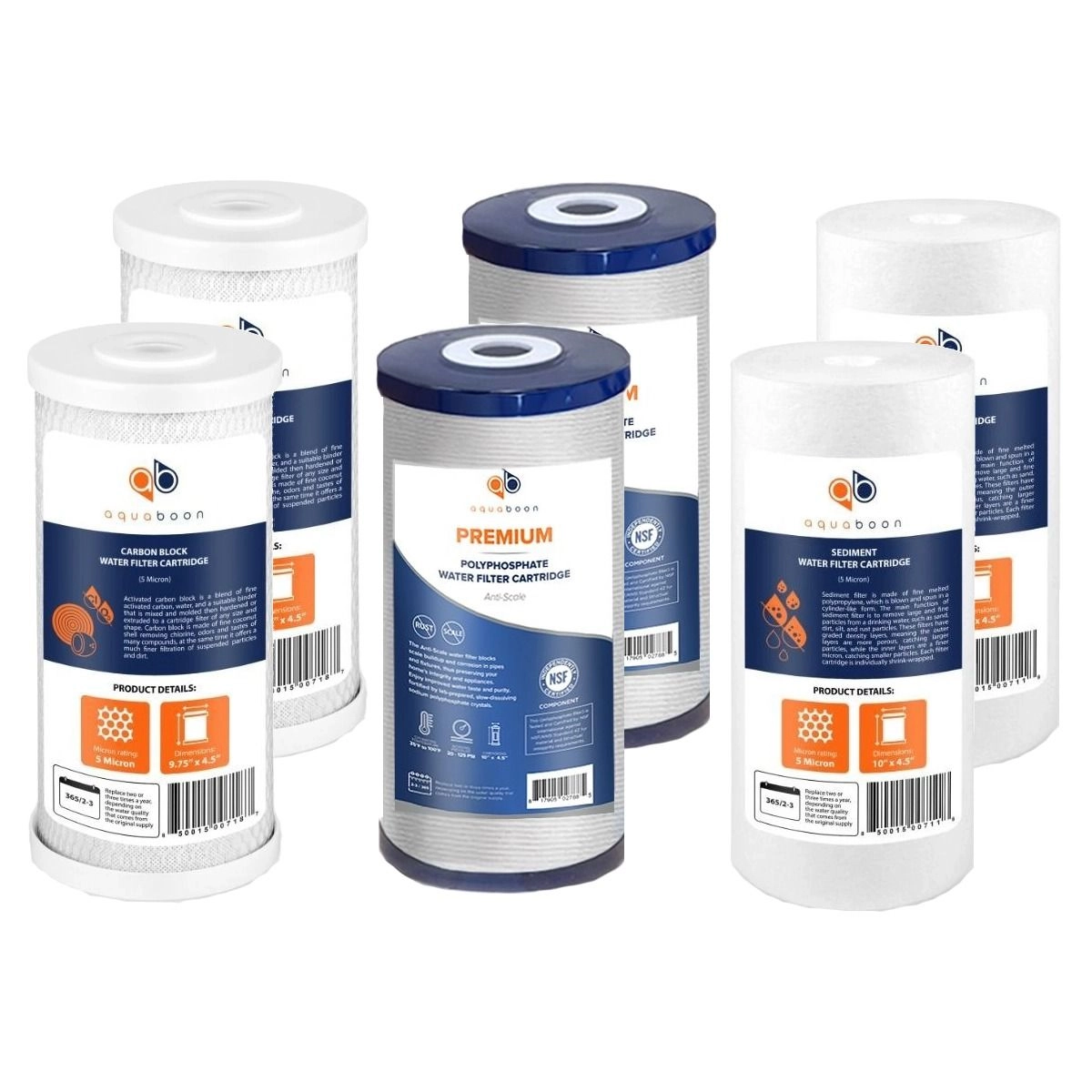Reverse osmosis filters are quickly becoming the preferred choice for many homes. Not only do they provide clean, safe drinking water that is up to 99% free from contaminants but they also help protect your wallet and the environment.
In this article, we’ll explain why switching to Reverse Osmosis (RO) is a great option compared to bottled water and regular tap water, and how it will greatly improve your health and lifestyle, including ensuring the improved taste of your water and food, better health, and cost savings.
So, let's dive in and explore the benefits of reverse osmosis water filters.
What are RO filters and how do they work?
Reverse osmosis (RO) filters are a type of water filtration system that uses a semi-permeable membrane to remove contaminants from water.
This membrane is designed to allow only molecules to pass through, while blocking out larger particles, such as bacteria, viruses, and other pollutants. The RO filter also removes minerals and other impurities that can give water an unpleasant taste or odor.
There are both pros and cons of reverse osmosis water purification. Let’s begin with the advantages of RO water.
Advantages of reverse osmosis filters
When you install a RO unit, you are not only saving money but also making your water healthier and better tasting. Here are some reverse osmosis benefits:
Your food and water taste better
With an RO filtration system, your water will be cleaner and tastier to drink. The filter extracts all the toxicants from the water that can cause unpleasant tastes and odors in your water and food. It also removes minerals from the water which makes it taste better than regular water.
Your water becomes healthier
There are many several types of filtration systems available on the market today, but RO systems have proven to be the most effective as they can remove up to 99% of all organic compounds found in tap water. These include pesticides, bacteria, and even heavy metals such as chlorine, lead, and other chemicals that can harm your health if consumed on a daily basis.
Therefore, if you have an RO filter for water in your home, then you will have a healthier source of drinking water than before.
It saves you money
One of the main reverse osmosis advantages is their ability to effectively remove impurities present in your water, which reduces the cost of your water treatment and prevents you from having to buy bottled water.
RO filters are also very easy to install and maintain, making them an attractive option for those who want to save money on their water bill but don’t want to be left high and dry if something goes wrong with their system.
Maintenance is simple
This water purification method requires little maintenance or upkeep. There’s no need for complicated filtration systems or regular replacement schedules. You just have to make sure that you sanitize it regularly, and replace the filters and membranes as often as necessary — usually, every six months or so — and they should last for years without any problems at all!
Disadvantages of RO filter
While there are many great reverse osmosis system benefits, they do have some disadvantages. Here are some of the main ones:
You may not get instant access to water
Providing clean drinking water on demand, which is very convenient, is one of the many RO advantages you get when you install it. However, you will sometimes have to wait for a couple of hours for your RO system to filter out all of the impurities from your water storage before you can use it again. This can be frustrating if you use a lot of water and want instant access to your filtered water.
Filter replacement cost
Reverse osmosis systems require frequent filter replacements because they wear out over time due to heavy use and repeated cleaning. As such, changing them regularly is another expense that many people do not factor into their budget when buying an RO system. So, you should also consider how often you plan on using this type of filtration system.
For example, if you only plan on using your RO system for a few months at a time, then it may be more cost-effective to purchase a sub-filter replacement kit rather than an entirely new unit. This will save you money in the long run as well as help keep your system running smoothly.
You may have to wait for filtration
The main disadvantage of RO filters is that it can take up to 24 hours to produce 3 - 5 gallons of treated water. So if you are in a rush, you'll need to find another way to get clean drinking water until it finishes filtering your storage tank.
But if you want a filter that guarantees 99% removal of contaminants from your water, then this model will do just fine.
Now that we’ve reviewed RO water purifier advantages and disadvantages, let’s look at how much this technology costs to buy and install.
How much does an RO system cost?
RO systems are relatively inexpensive and easy to install. The price of an RO system will depend on factors like the type of system you choose, how many people in your household use drinking water, and the size of your home.
The average cost for a residential system is around $2,200. The price can be as low as $1,000 or as high as $4,800, depending on your needs. While RO membranes replacements cost between $60 and $200, the price of water filter replacement cartridges ranges from $200 to $1,600.


